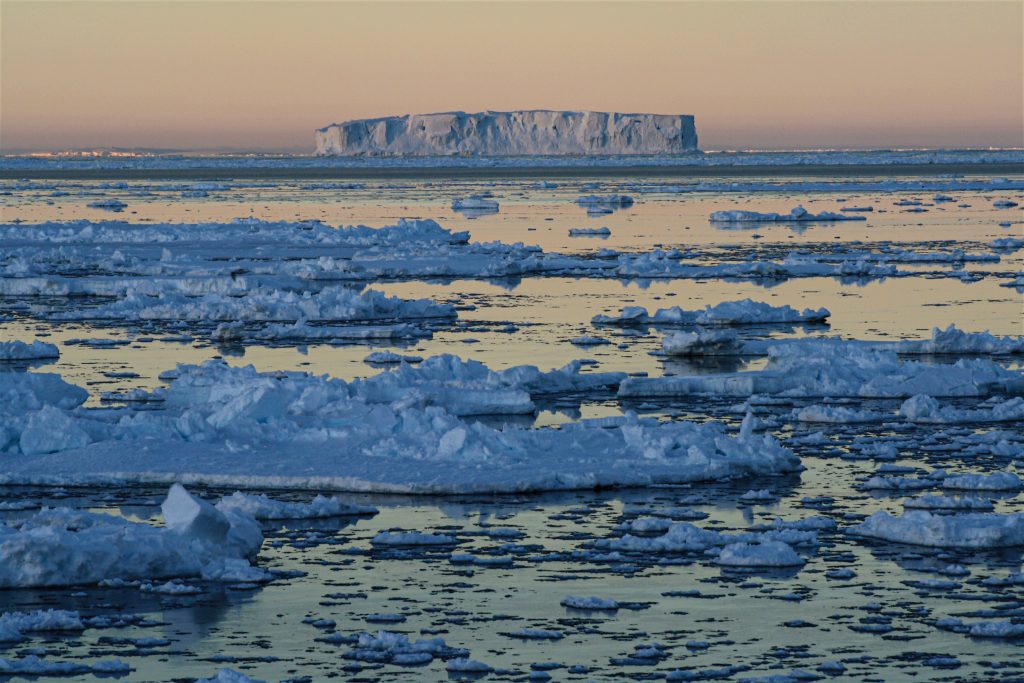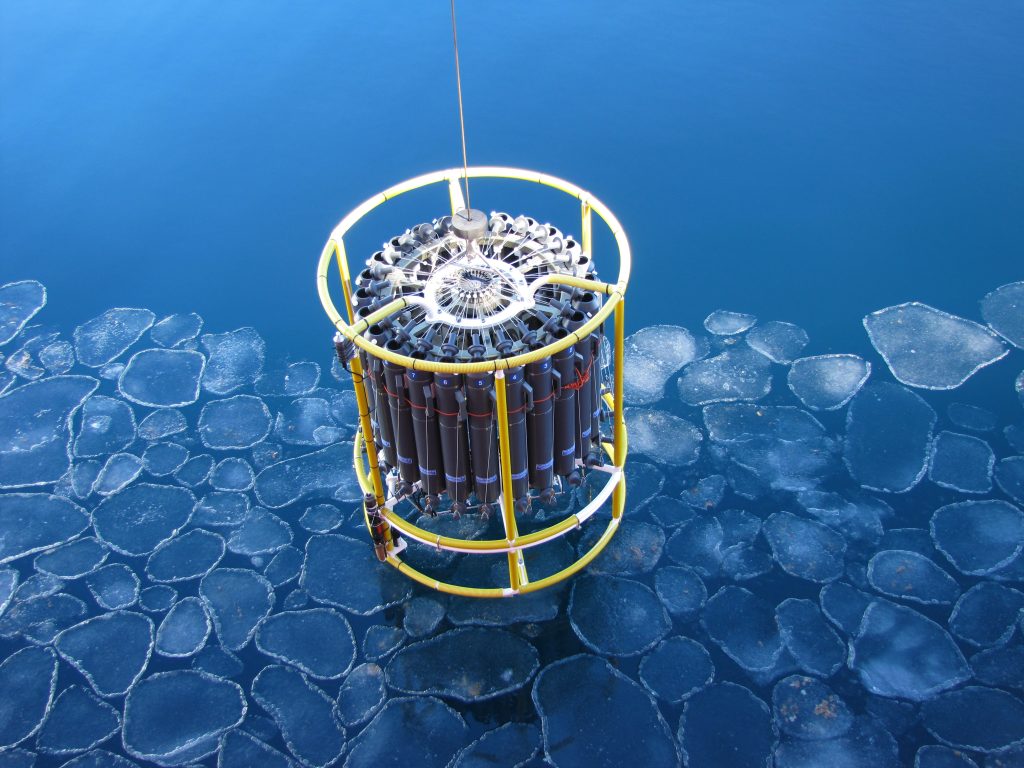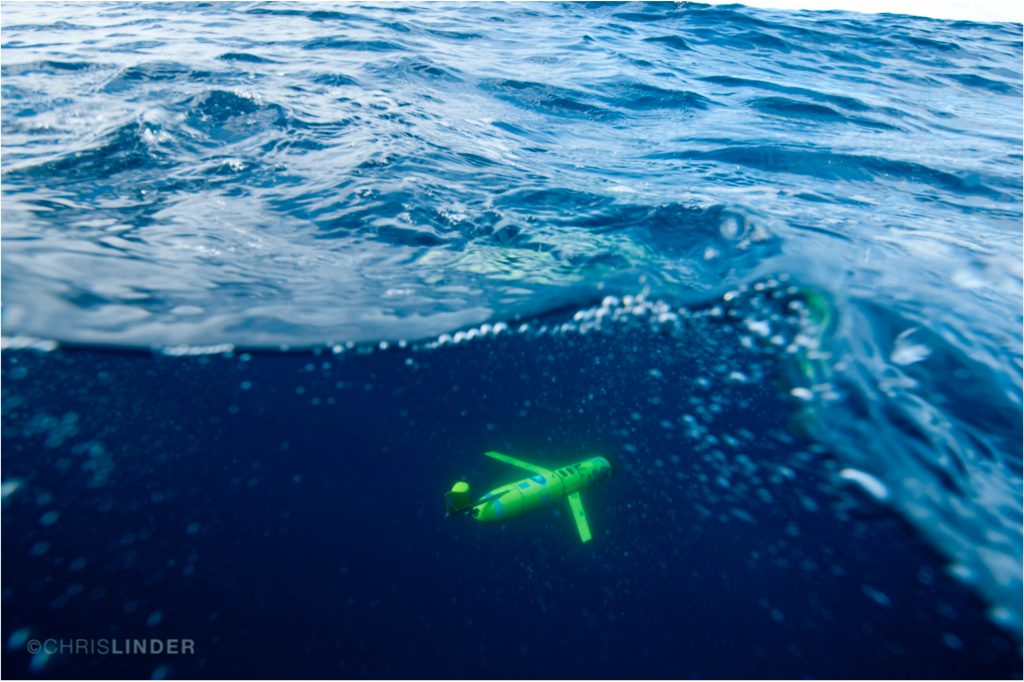Eyes of the world on Southern Ocean
30 June 2023
More than 250 people from 25 nations will meet in Hobart during August for the first-ever global conference of the Southern Ocean Observing System (SOOS) since its establishment in 2011.
SOOS is an international initiative that enhances the coordinated collection of observations in the Southern Ocean and shares knowledge amongst the research community and policy makers, with the central hub located in the Institute for Marine and Antarctic Studies (IMAS) in Hobart.
Executive Officer Dr Alyce Hancock said that the theme of the SOOS Symposium – ‘Southern Ocean in a Changing World’ – is particularly timely given current events.
“With Antarctic sea ice at record low levels during winter, and new research charting shifts in critically important deep currents, this is a critical time to bring the world together to focus on the global climate engine that is the Southern Ocean,” said Dr Hancock.
“As a gateway city to eastern Antarctica, home port to Australia’s national research vessels, and host of the SOOS International Project Office for 13 years, Hobart is the perfect venue for the inaugural SOOS Symposium.”
“We can’t wait to welcome attendees from every continent, from Somalia to South Korea, from Brazil to Belgium, Ghana to Georgia,” she said.

Co-Chair of SOOS, Dr Sian Henley from the University of Edinburgh, sees the Symposium as one of the world’s most important scientific gatherings about an ocean central to the Earth system.
“The Southern Ocean is unlike any other on the planet: nobody lives there permanently; it has no defined boundaries; it is managed under the Antarctic Treaty System rather than by a single nation; and multiple nations work there with their own regions of interest,” said Dr Henley.
“On top of that, the Southern Ocean is an extremely challenging environment, which makes it difficult for science to monitor and observe unless nations and disciplines work together.”
“As a science initiative centred on the Southern Ocean, SOOS is shaped by the unique nature of the ocean itself,” she said.
SOOS supports multi-disciplinary, multi-national research programs that combine new and novel observations of the physics, chemistry, biology and geology of the Southern Ocean system with cutting-edge innovative technologies, such as saildrones, underwater gliders and robotic floats.
Professor Nathan Bindoff from IMAS said that the Australian Antarctic Program Partnership (AAPP) is very proud to be the platinum sponsor of the SOOS Symposium.
“The mission of the AAPP is to understand the role of Antarctica and the Southern Ocean in the global climate system, and the implications for marine ecosystems,” he said.
“A vibrant and active SOOS is fundamental to our scientific mission.”
“To understand and project changes in the Southern Ocean and what they mean for global climate requires the kind of multinational collaborations and open access to data that SOOS strives to achieve.”
“I’m pleased that IMAS will continue to host the International Project Office of SOOS in Hobart”, said Prof Bindoff.






